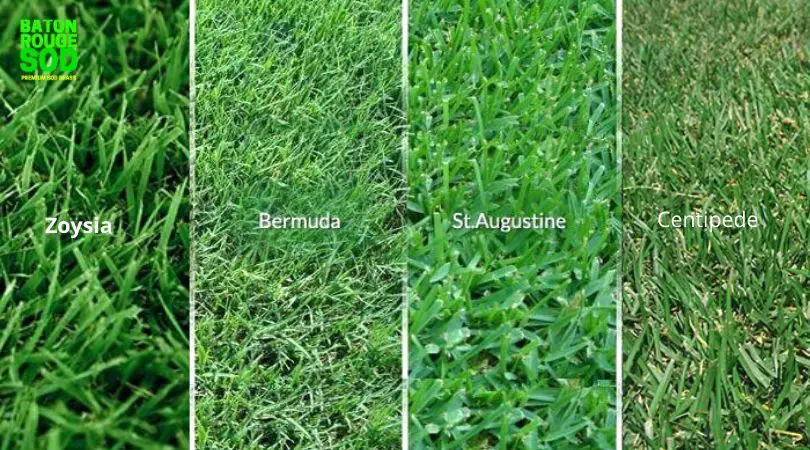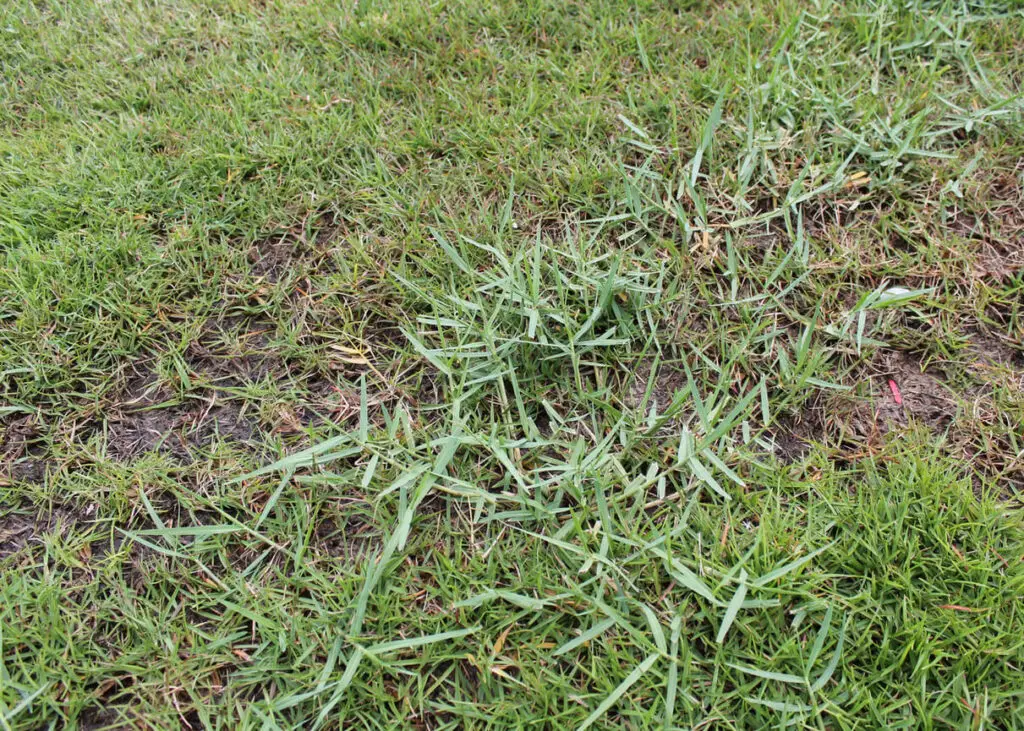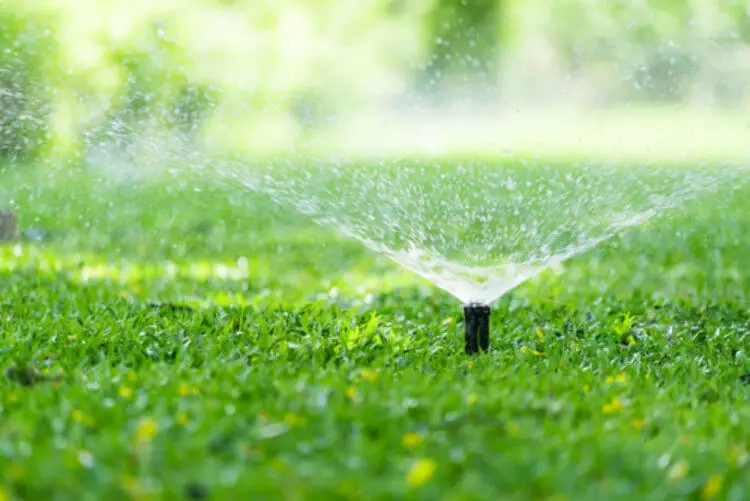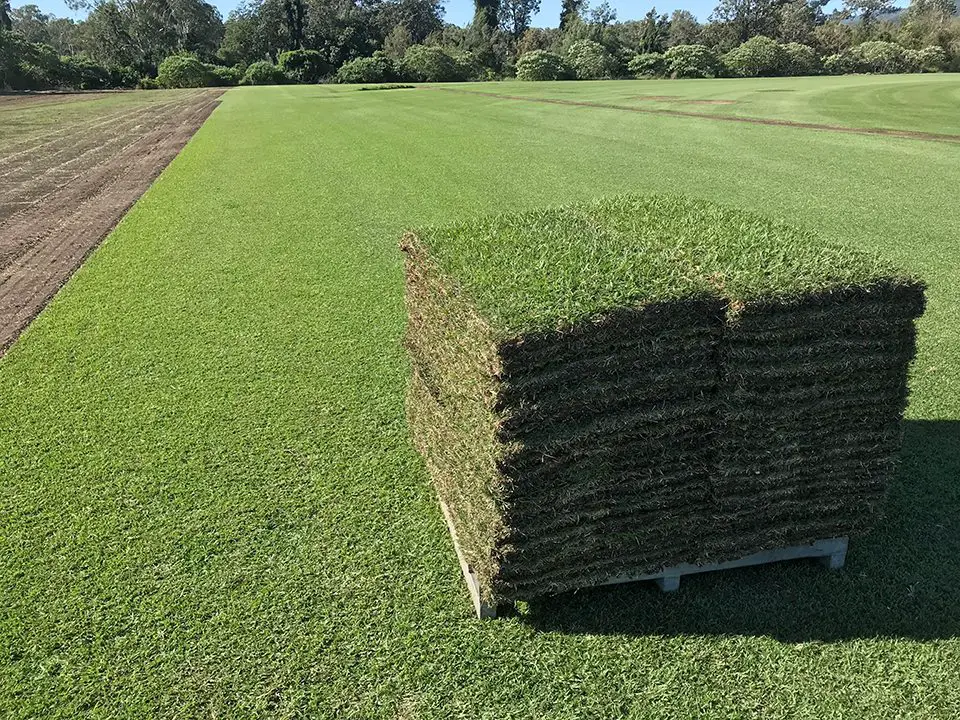Lawn care can be a tedious, time-consuming chore, especially if you don’t have the tools you need to do the job right.
Mowing, watering, and fertilizing are required to keep your grass looking its best.
Spoon feeding lawn is a new method of lawn care that is becoming popular because it is much less time consuming.
This method involves using small doses of fertilizer and water regularly rather than large amounts all at once.
Spoon feeding your lawn gives you greater control over the health and appearance of your grass and can help prevent problems like brown patches or bare spots.
What is Spoon Feeding Lawn?
spoon-feed
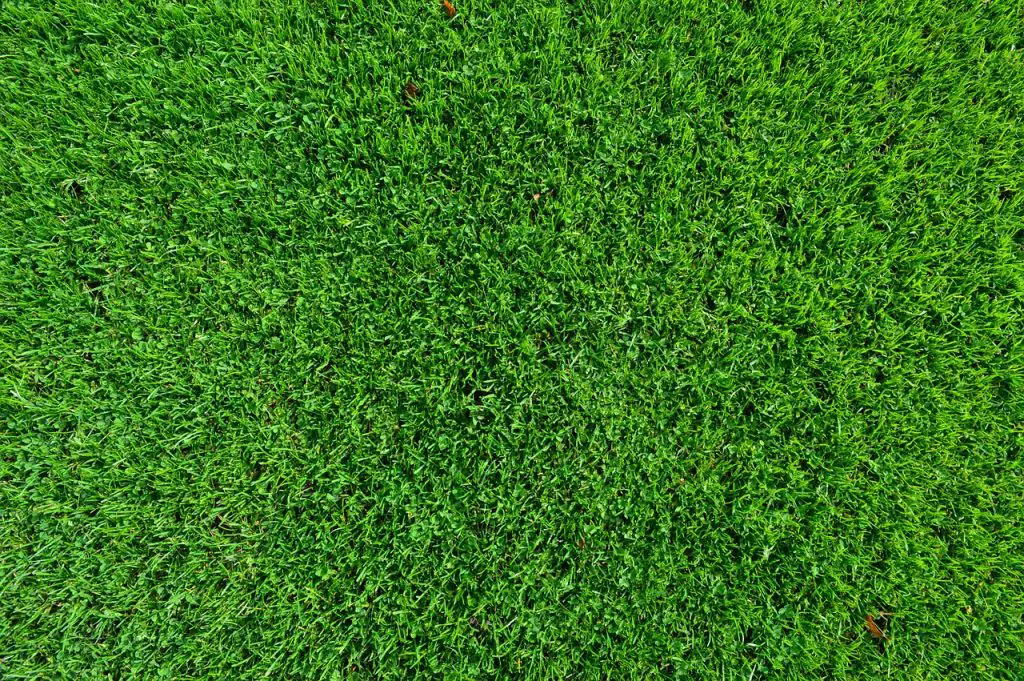
What are the benefits of spoon-feeding a lawn?
Though it may seem tedious, there are many benefits to spoon feeding your lawn.
A spoon-feeding program gives you an opportunity to watch the progress and health of your lawn. If you are particularly worried about weeds or other pests, regular maintenance is a great way to keep an eye on them.
Here are a few more benefits of spoon-feeding
- It helps to ensure that your grass gets a steady supply of consistent nutrients to be healthy and strong.
- Reduces risks of burning your grass with over-fertilizing with too much fertilizer.
- Allows the turf grass to have more efficient uptake and use of nutrients.
- Spoon feeding can also help make your lawn more resistant to pests and diseases.
When is the best time to spoon feed lawn?
The best time is usually in the morning or evening. This is because the sun isn’t as harsh, and the temperatures are cooler, which helps the lawn absorb nutrients more efficiently. However, you should avoid doing it midday when the sun is at its strongest since this can damage the grass.

What season is best for spoon feeding?
There are benefits and drawbacks to feeding your lawn during every season. Here, we will explore the best time of year to spoon-feed your lawn.
The best time to feed your lawn is during the spring. This is because the grass is actively growing and can use the soil’s nutrients. The warmer temperatures also mean that there are fewer chances of frost damage.
However, you should avoid applying to your lawn during the summer. The heat can cause the grass to go into shock, which will result in it turning brown and dying.
If you live in an area with a warm or mild climate, you can get away with feeding your lawn during the fall. This will give the grass a chance to store energy for the winter months.
Just be sure to stop at least six weeks before the first frost date.
How often should spoon-feeding lawn be done?
The general rule of thumb is to apply small amounts of fertilizer every 2-3 weeks during the growing season. However, you may need to adjust this based on the specific needs of your lawn.
Use a slow-release fertilizer with less nitrogen to keep a steady supply of nutrients available to the plant at all times.
Apply small amounts either weekly or bi-weekly, throughout the growing season
Keep the turf watered with sprinklers and irrigation.
if you have a lot of trees or other plants in your yard, you may need to adjust application rates to compensate for their nutrient demands..
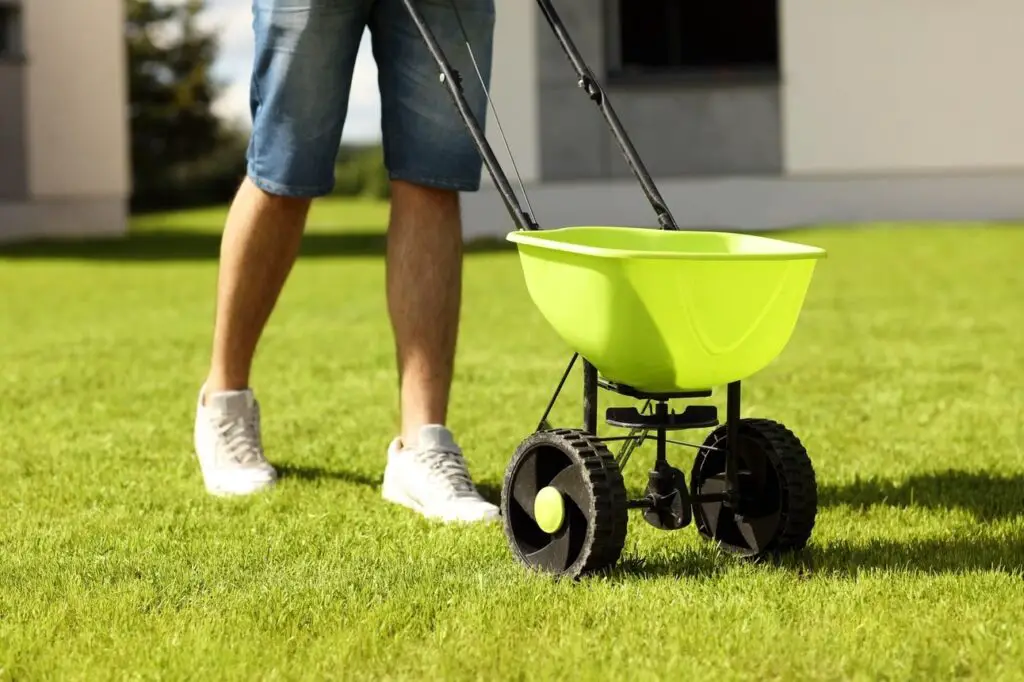
What type of fertilizer should be used for spoon feeding lawn?
Start with a good quality lawn fertilization that is designed for turfgrasses.
Some people use 5-0-5, 10-0-10, and spoon feed milorganite 6-4-0 in low amounts for root development and consistent growth.
Most experts recommend using either a liquid or slow release granular fertilizer. Both have their pros and cons, so it really comes down to personal preference.
Liquid fertilizer is the easiest to apply and is quickly absorbed by the grass. They can be sprayed directly onto the grass or mixed into irrigation systems.
Liquid fertilizers are typically more expensive than granular, but they’re also easier to apply evenly across your lawn.
Granular fertilizers are cheaper and easy to find in stores, but they can be difficult to spread evenly.
They must be applied by hand, using a rotary broadcast or drop spreader.
Granular is less expensive than liquid.
However, it can be challenging to apply evenly and takes longer to break down.
Foliar application is a method of applying fertilizer directly to the leaves of the grass.
This allows for quick absorption and eliminates the risk of root damage..
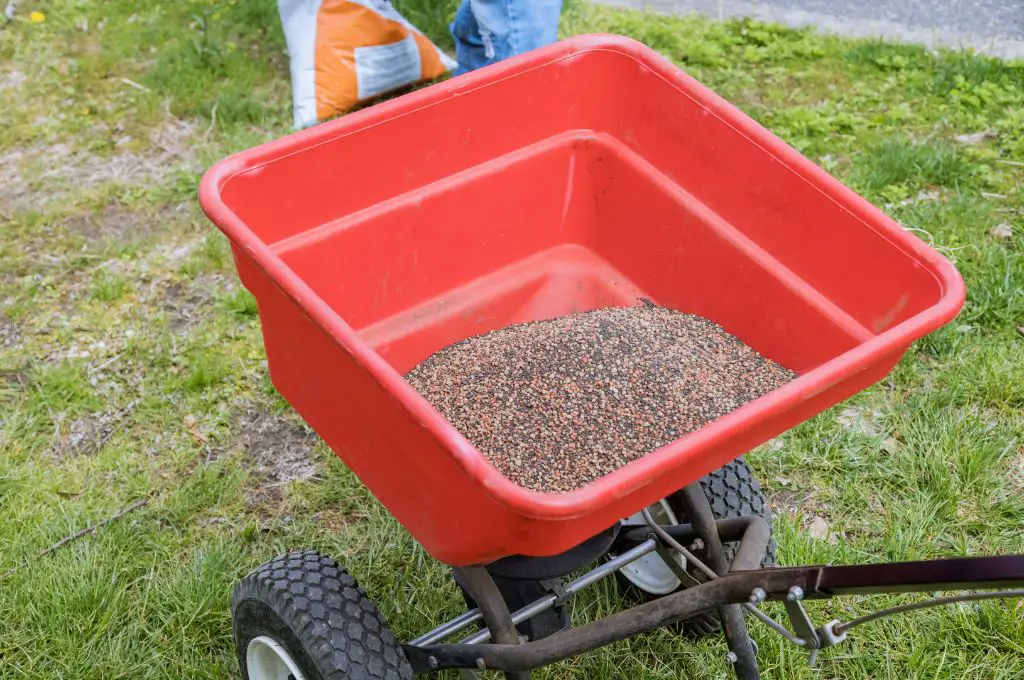
Essential Turf Grass Nutrients
Supply of nutrients essential to maintaining that deep green color.
A healthy lawn requires 17 essential nutrients. Three of the primary nutrients – nitrogen (N), potassium (K), and phosphorus (P) – are needed in relatively large amounts and are commonly referred to as macronutrients.
The other 14 elements, calcium, magnesium, and sulfur, are needed in smaller amounts and referred to as micronutrients.
Nitrogen is the most essential nutrient for turfgrass and is required for proper growth and greening.
It is also the nutrient that is most likely to be lacking in your soil. The amount of nitrogen you need to add to your soil depends on the type of grass that you have.
Nitrogen is a mobile nutrient that can move within the plant from older to newer leaves. This movement allows the turfgrass plant to continue growing and producing new leaves even when existing leaves are deficient in nitrogen.
If you have cool-season grass like Kentucky bluegrass, you may need to adjust the amount of nitrogen than you need for warm-season grass.
Potassium is another important macronutrient for turfgrass. This nutrient strengthens the plants’ resistance to disease and stress.
Phosphorus is the third primary essential turf grass nutrient. It helps to promote cell division and root growth..
Humic is added to help with soil structure and to help plants uptake lawn food.

How To Apply Spoon Feed Lawn Fertilizer
Applying lawn fertilizer is a great way to give your lawn the nutrients it needs without overdoing it. Here are a few tips on how to help you out..
1. The best time to apply spoon-fed lawn fertilizer is early morning before the sun gets too hot. This will help it penetrate the soil better.
2. Use a sprayer or spreader to apply the fertilizer so that it goes on evenly. Read the instructions so you can calibrate the tools to disperse the proper amount of nitrogen per 1,000 sq ft.
3. Apply evenly over the entire lawn. You’ll need to figure out the application rate. This varies depending on your type, but it’s typically between 1 and 2 pounds per 1,000 square feet.
4. Water your lawn after applying so that it can start working its way into the soil.
golf greens
what is spoon feeding lawn?


